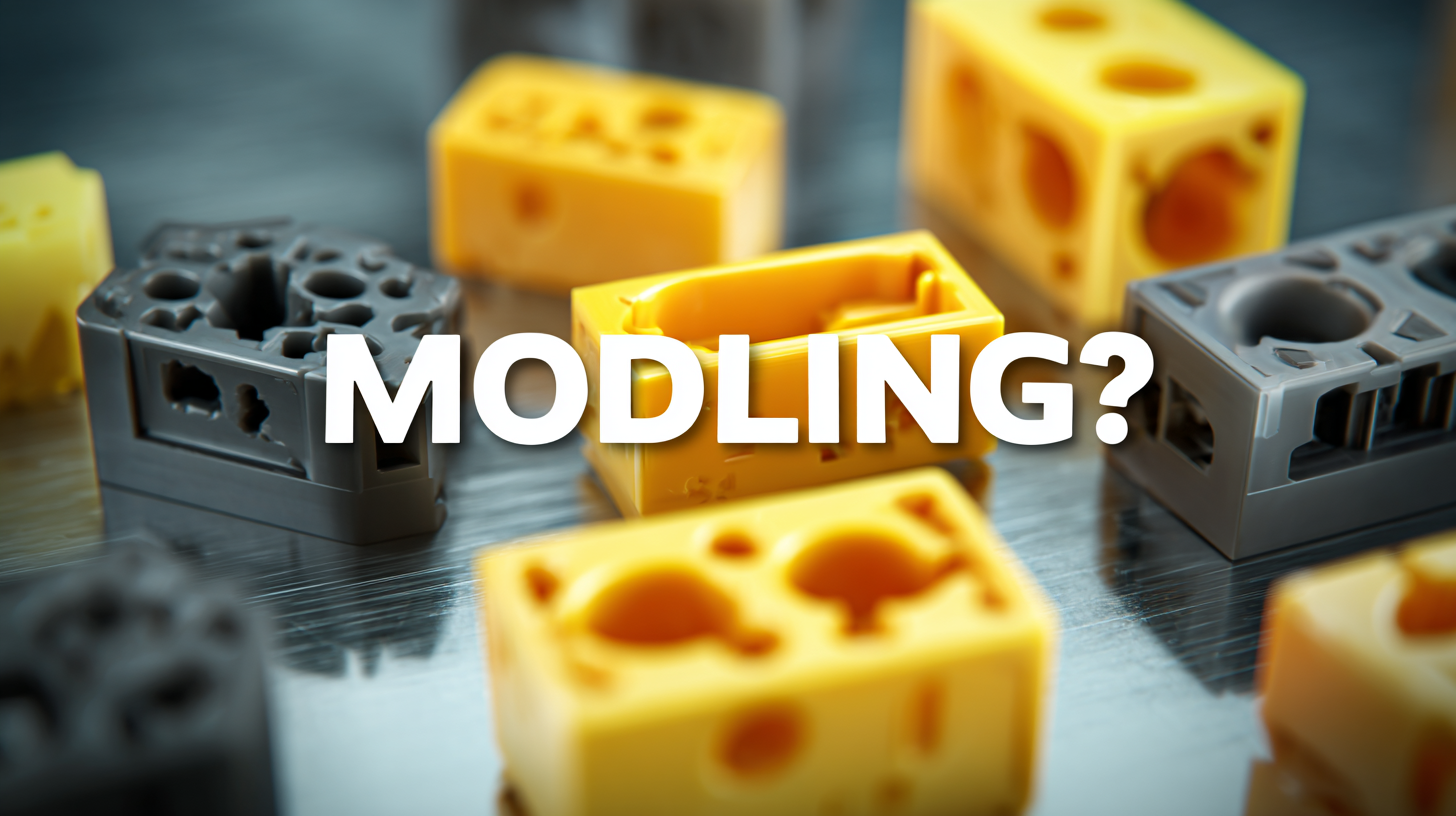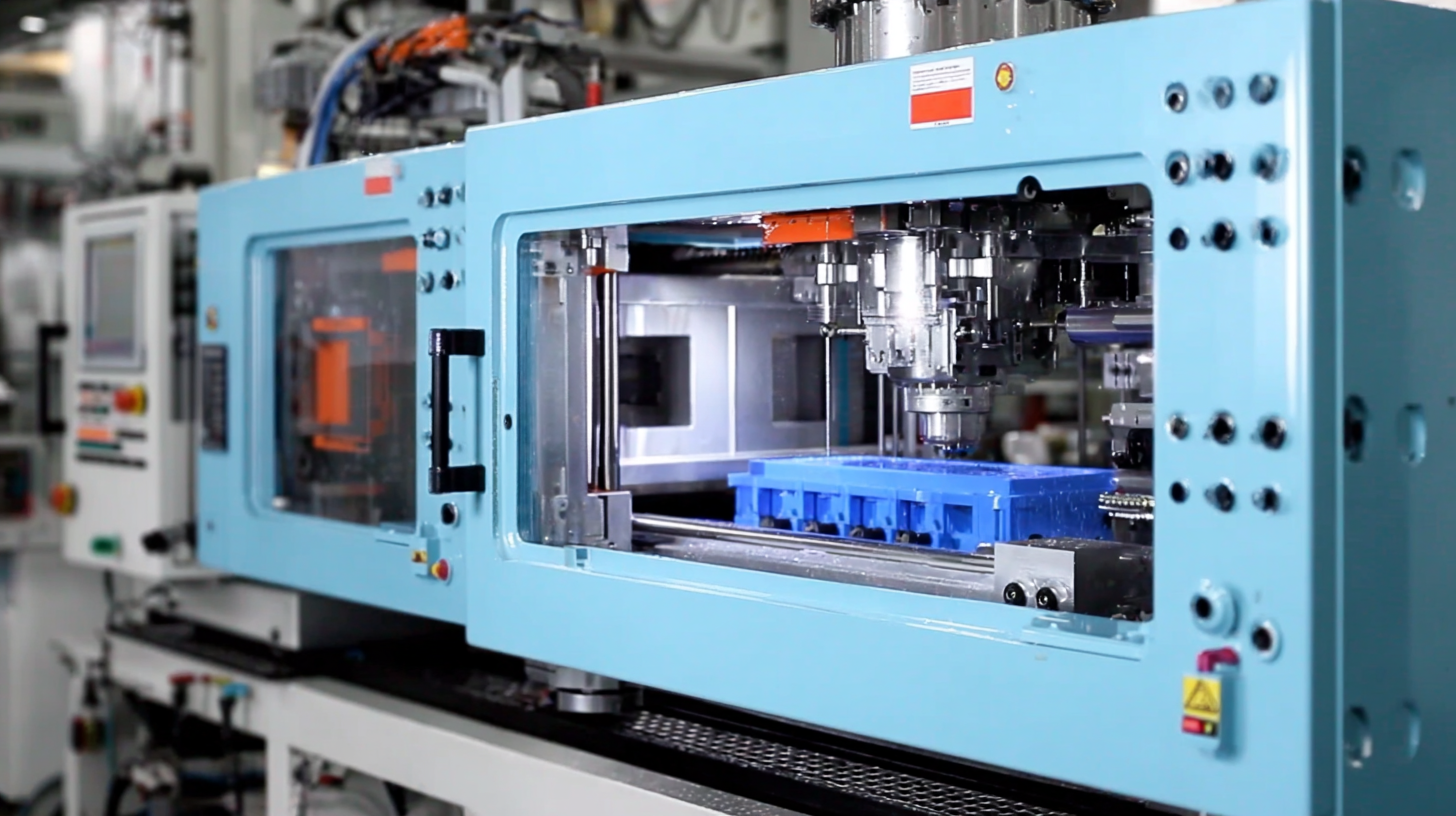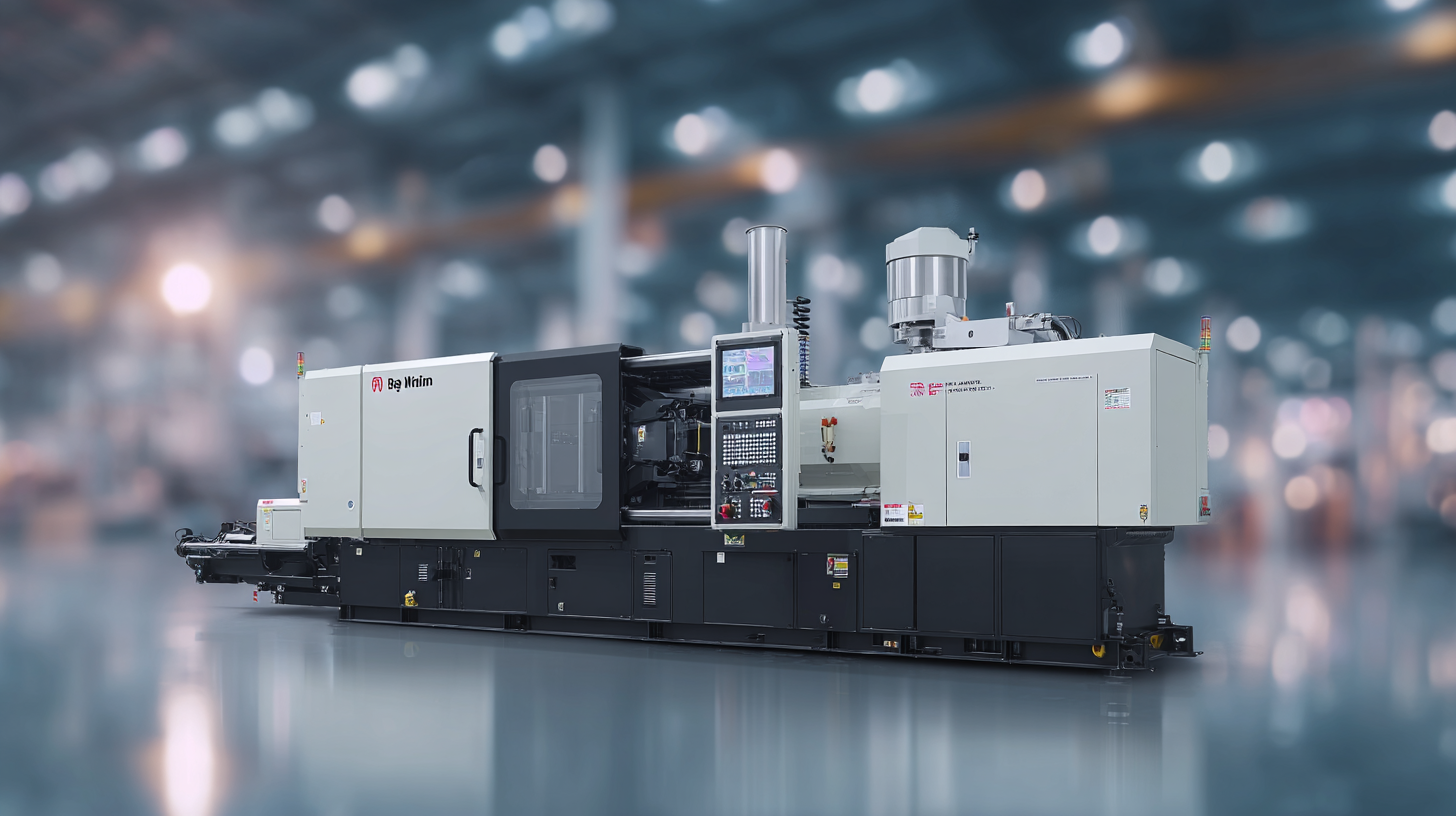


In the competitive landscape of modern manufacturing, selecting the right injection molding solutions is crucial for optimizing production efficiency and product quality. According to a report by MarketsandMarkets, the global injection molding market is poised to reach $400 billion by 2025, driven by innovations in technology and increasing demand for complex components across various industries. This highlights not only the relevance of injection molding in contemporary manufacturing but also the importance of making informed choices when selecting molding solutions. With diverse options available, businesses must consider factors such as material compatibility, tooling costs, and production scalability to align with their specific manufacturing needs. By understanding these elements and leveraging best practices, manufacturers can enhance their operational capabilities while ensuring a streamlined process, ultimately leading to significant cost savings and improved market competitiveness.

Injection molding is a highly efficient manufacturing process used to create a wide range of parts and products from various materials, primarily plastics. This technique involves injecting molten material into a mold under high pressure, where it cools and solidifies into the desired shape. The advantages of injection molding are manifold, making it a favorable choice for many industries. For instance, it allows for intricate designs and high precision, which are essential for applications requiring detailed components such as electronic housings and automotive parts.

One of the key benefits of injection molding is its ability to produce large quantities of parts quickly and cost-effectively. Once the initial mold is created, which can require substantial investment, the actual production cycle is relatively short, allowing manufacturers to meet high demand without extensive delays. Additionally, this method is very versatile, accommodating a variety of materials, including thermoplastics and thermosetting polymers. The ability to scale production and utilize different materials makes injection molding an attractive option for businesses looking to optimize their manufacturing processes while maintaining quality and efficiency.
When selecting the best injection molding solutions for your manufacturing needs, it is crucial to begin by identifying your specific requirements. Factors such as the type of materials you will be using, the products you intend to manufacture, and the desired production volume all play significant roles. Different materials, such as thermoplastics or thermosets, may require distinct molding machines and processes. Understanding these materials will guide you in choosing the right injection molding system that aligns with your production goals.
Moreover, consider the technological features and capabilities of the molding machines. Automation levels, precision, and cycle times are important elements that can directly affect productivity and cost-efficiency. If your manufacturing involves complex designs or intricate features, advanced molding technology may be necessary to achieve the desired results. Additionally, assess the support and service provided by the solution provider, as ongoing maintenance and technical assistance are vital for minimizing downtime and maintaining smooth operations throughout the manufacturing process. By carefully evaluating these key factors, you can make an informed decision that meets your manufacturing demands effectively.

When embarking on an injection molding project, one of the most critical decisions lies in choosing the right resin. The type of material selected can significantly affect the final product’s quality, functionality, and cost-efficiency. First, it’s important to evaluate the physical properties required for your specific application. Factors such as strength, flexibility, temperature resistance, and chemical compatibility will determine whether a thermoplastic, thermoset, or elastomer is best suited for your needs. For instance, if your product requires high durability and heat resistance, considering engineering resins like polycarbonate or nylon might be ideal.
Beyond mechanical properties, considerations around processing ease and cost also play a pivotal role in material selection. Some resins offer better flow characteristics and shorter cycle times, which can enhance overall production efficiency. Additionally, think about the environmental impact and recyclability of the materials, which is becoming increasingly important in modern manufacturing. By aligning your resin choice with both the technical specifications of your project and your overarching manufacturing strategy, you can optimize the injection molding process and achieve superior results.
When it comes to injection molding, achieving the perfect balance between cost-effectiveness and efficiency is essential for any manufacturing operation. Selecting the right cooling system can significantly impact the quality of the final product and the overall production budget. For instance, utilising advanced cooling channel configurations, such as circular conformal cooling channels (CCCs), can lead to superior cooling performances compared to conventional straight-drilled channels. This not only reduces cycle times but also minimizes defects in molded parts, ultimately enhancing both productivity and profitability.
Furthermore, manufacturers need to consider their specific project requirements, including material selection and part complexity. By investing in innovative technologies that improve efficiency while keeping costs in check, businesses can ensure they remain competitive in an evolving market landscape. A thorough assessment of available solutions will aid manufacturers in optimizing their processes, leading to a smarter allocation of resources that upholds quality standards without compromising their budget. Balancing these elements is crucial as the demand for high-quality injection-molding products continues to grow in various sectors.
This chart illustrates the different cost components associated with injection molding solutions. Understanding these costs can help manufacturers balance quality and budget effectively.
The landscape of injection molding is rapidly evolving, driven by innovative technologies that enhance efficiency, precision, and sustainability. One of the most significant advancements is the integration of automation and robotics in the production process. Automated systems not only streamline operations but also reduce human error, resulting in higher quality products with minimal waste. Additionally, smart sensors and IoT technology enable real-time monitoring and data analysis, allowing manufacturers to optimize their workflows and respond swiftly to production demands.
Another critical innovation shaping the future of injection molding is the development of advanced materials. With the rise of engineering-grade thermoplastics and biodegradable options, manufacturers can choose materials that best meet environmental standards and performance criteria. These advancements not only broaden the scope of applications for injection molded products but also address growing consumer demand for sustainable practices. As these technologies continue to evolve, manufacturers are empowered to make informed decisions that align with both market trends and their operational goals.
| Technology | Description | Advantages | Applications | Considerations |
|---|---|---|---|---|
| Conventional Injection Molding | Traditional method for manufacturing plastic products. | Cost-effective for large volumes, wide range of materials. | Automotive parts, consumer electronics, packaging. | High initial investment, setup time. |
| Bi-Injection Molding | Injecting two different materials in one cycle. | Enhanced product features, improved aesthetics. | Medical devices, complex consumer products. | Higher costs, complex machinery. |
| Gas-Assisted Injection Molding | Uses gas to create hollow parts and reduce material usage. | Reduced weight, lower material costs. | Large hollow parts, automotive components. | Requires specialized equipment, safety considerations. |
| 3D Printing for Molds | Using 3D printing technology to create injection molds. | Rapid prototyping, reduced lead times. | Prototyping, small batch production. | Material limitations, strength concerns for mass production. |
| Electric Injection Molding | Electric drives for precision and energy efficiency. | High precision, lower energy consumption. | Precision parts, medical technology. | Higher upfront costs, maintenance requirements. |